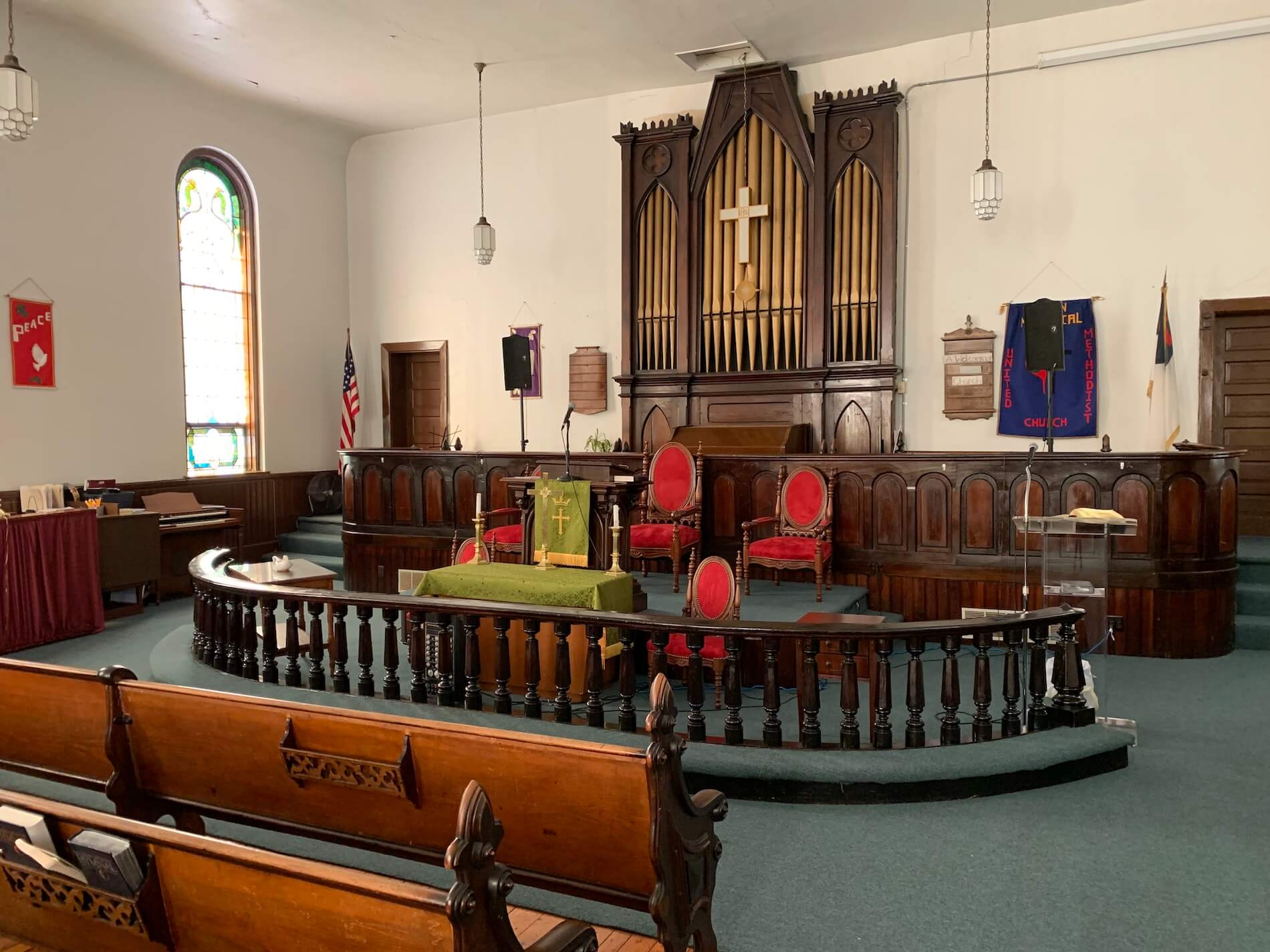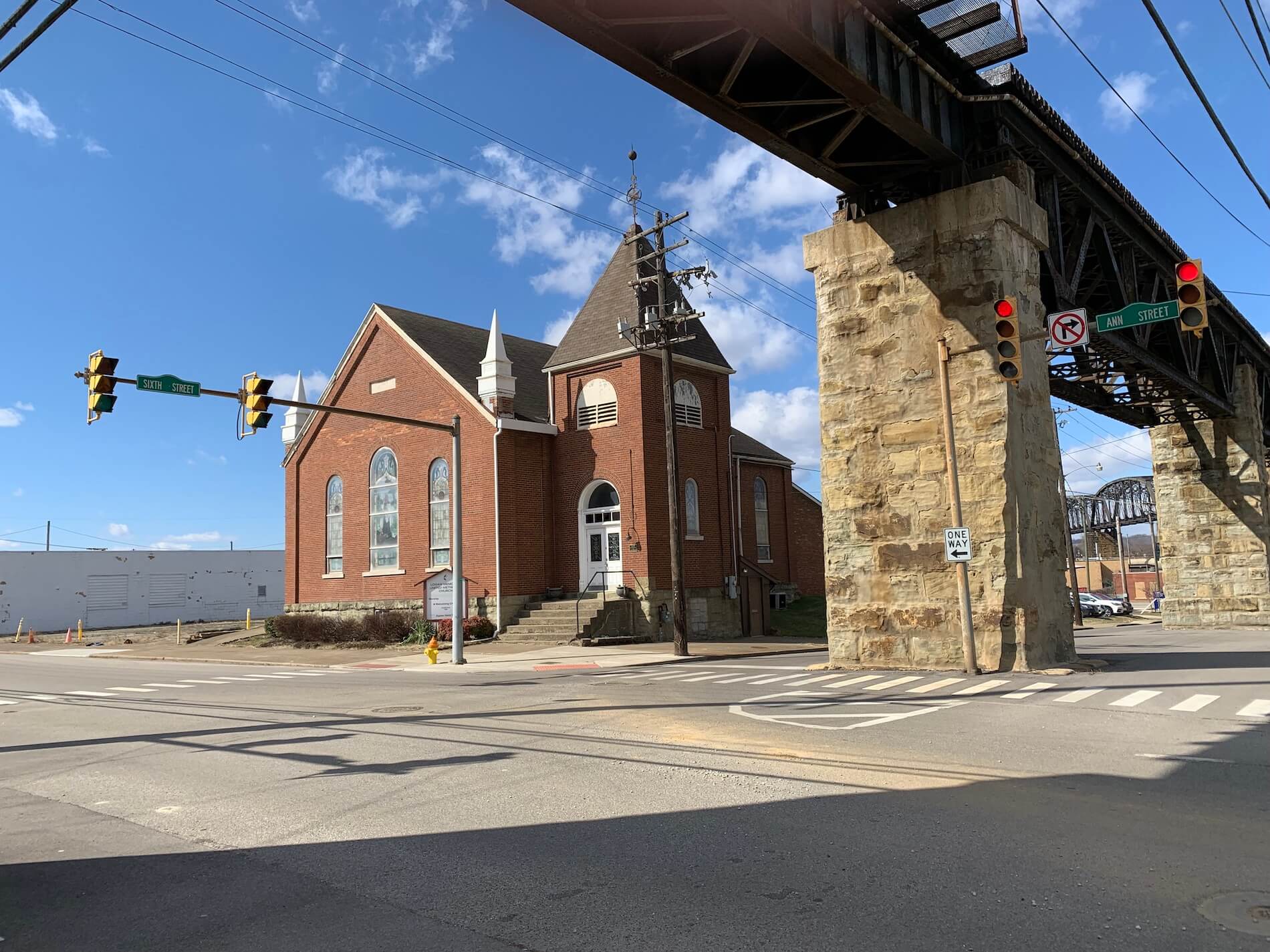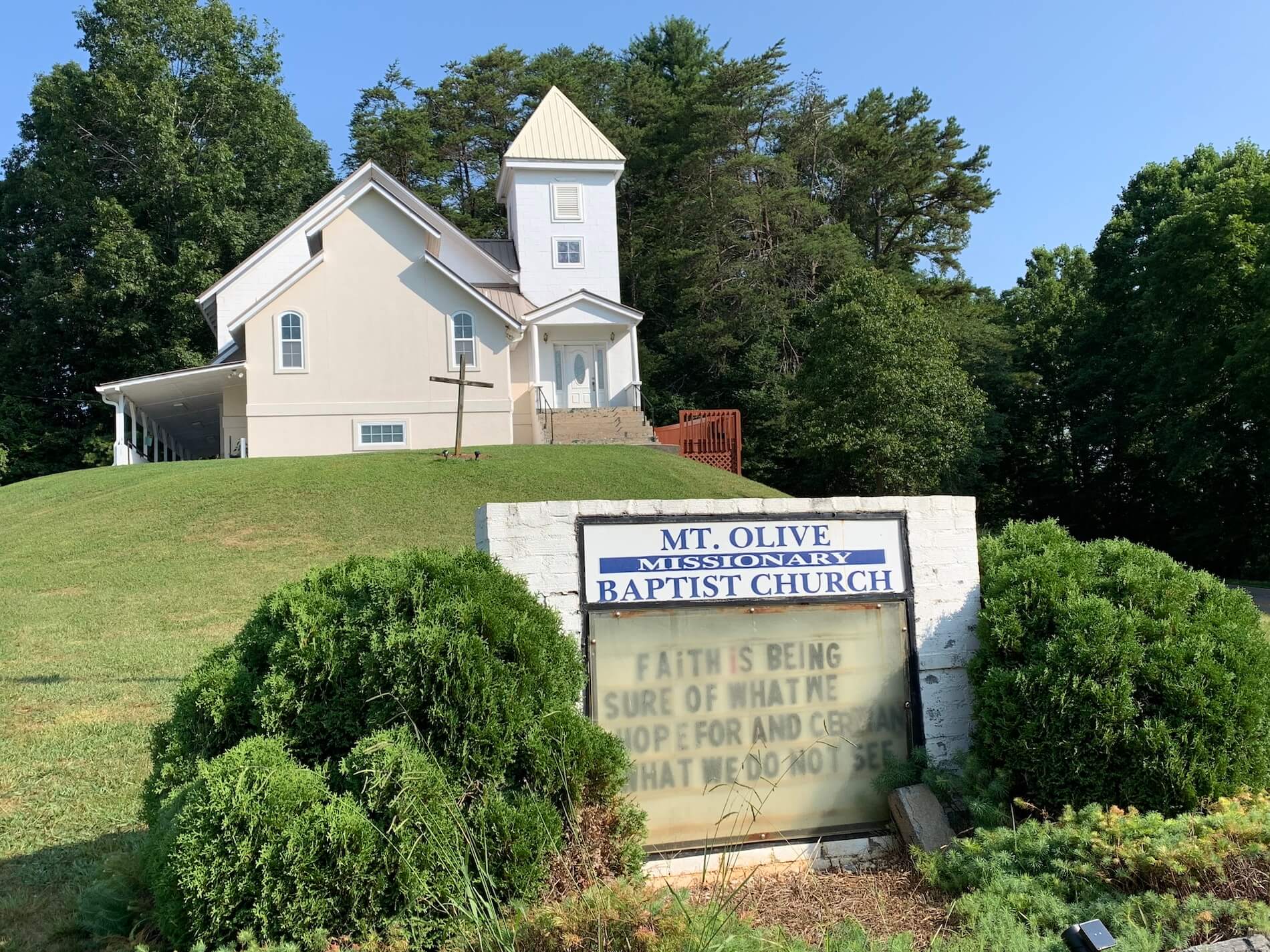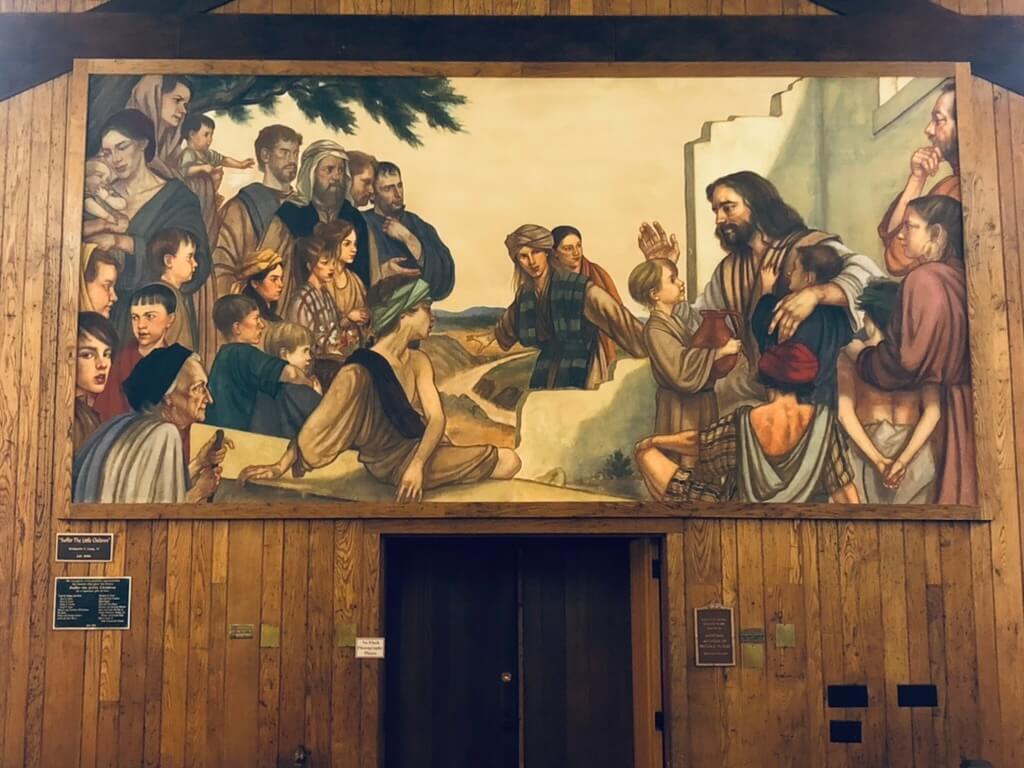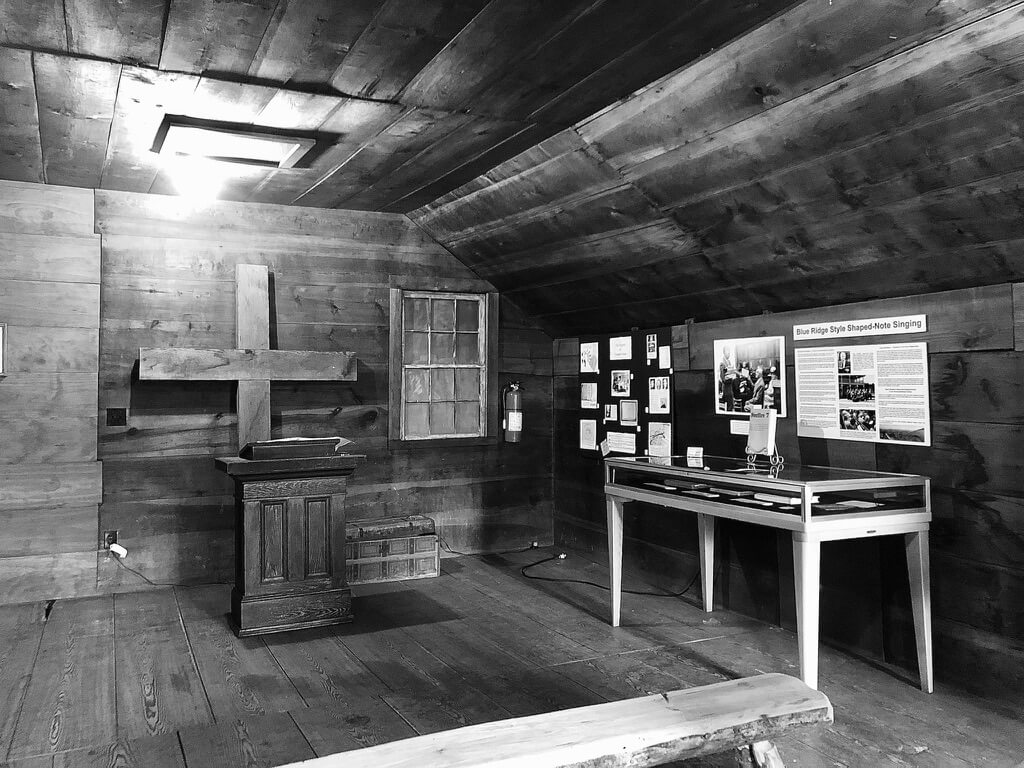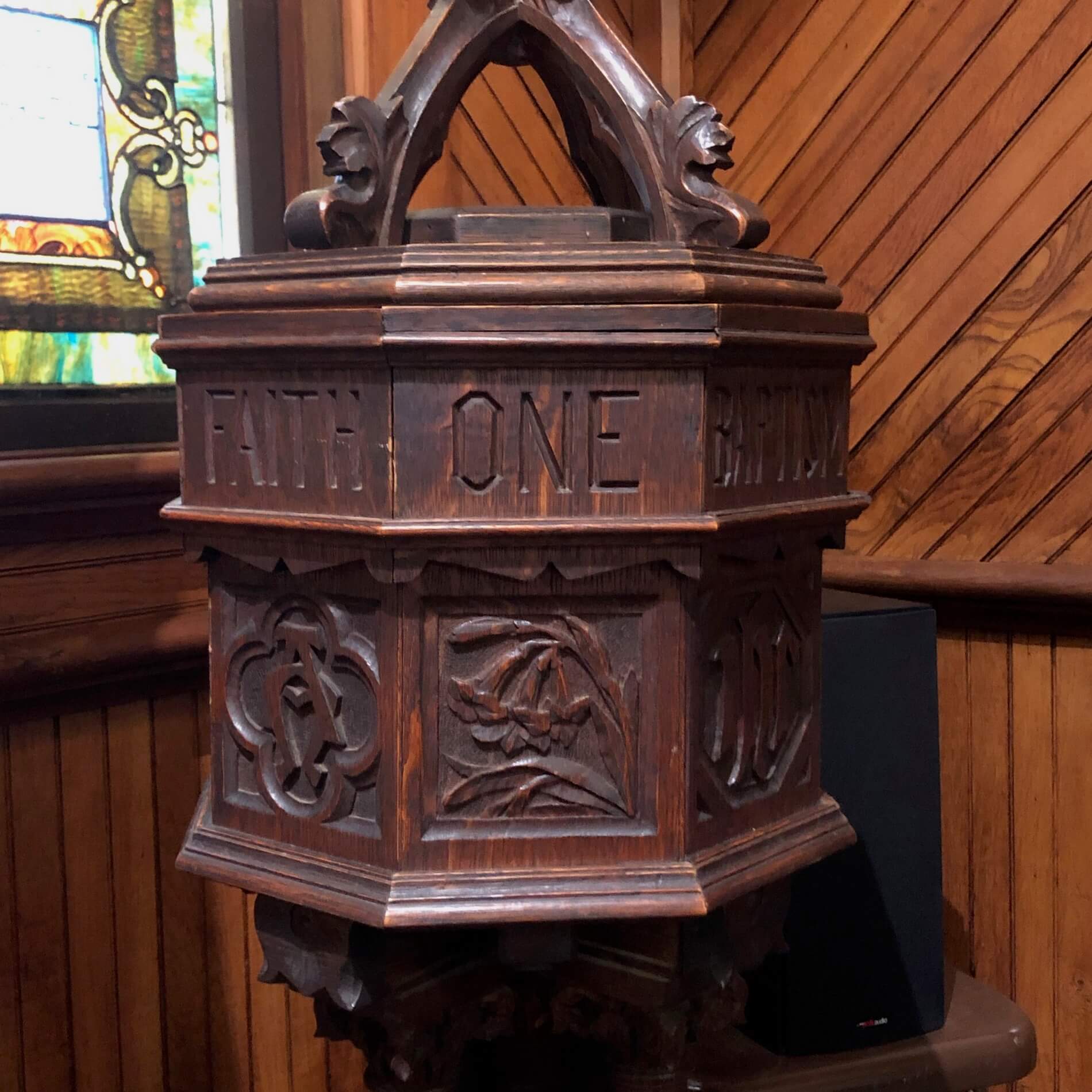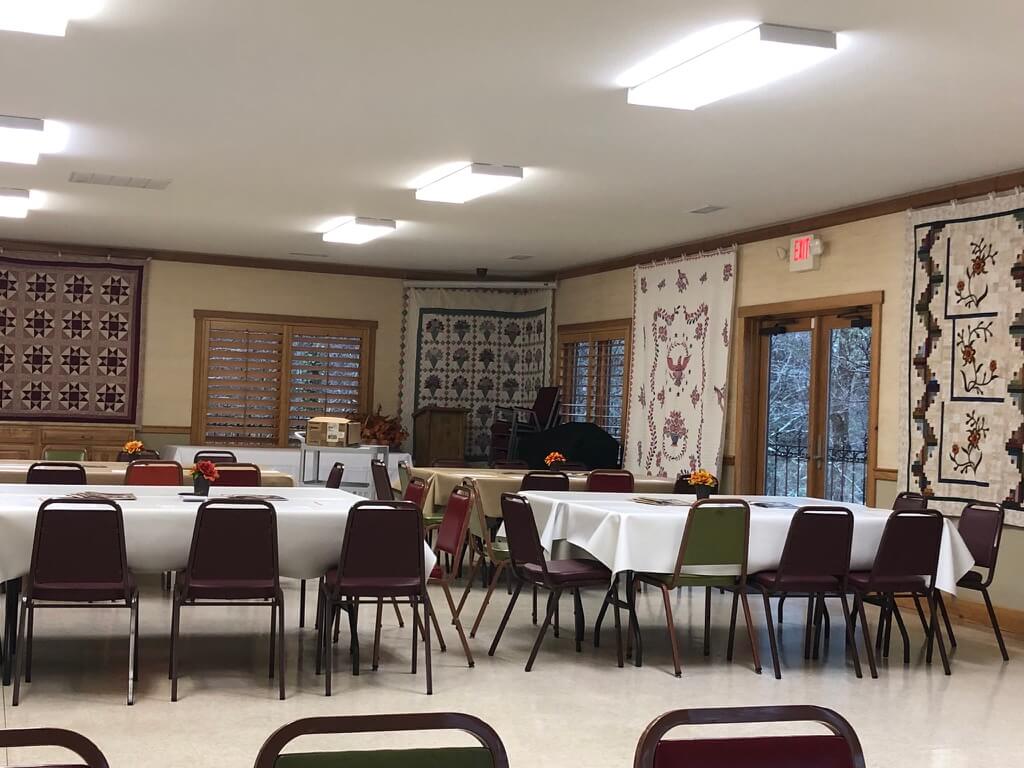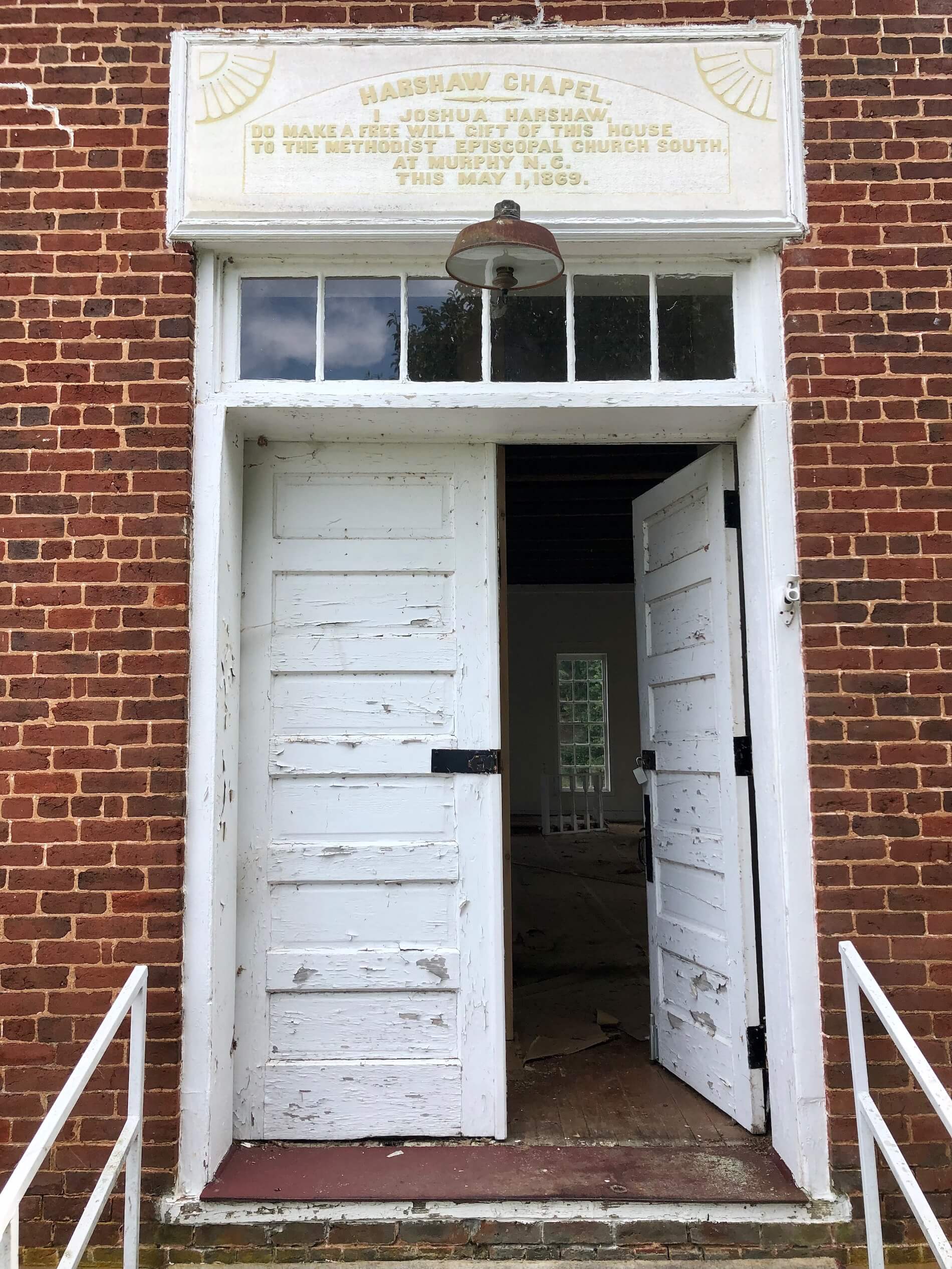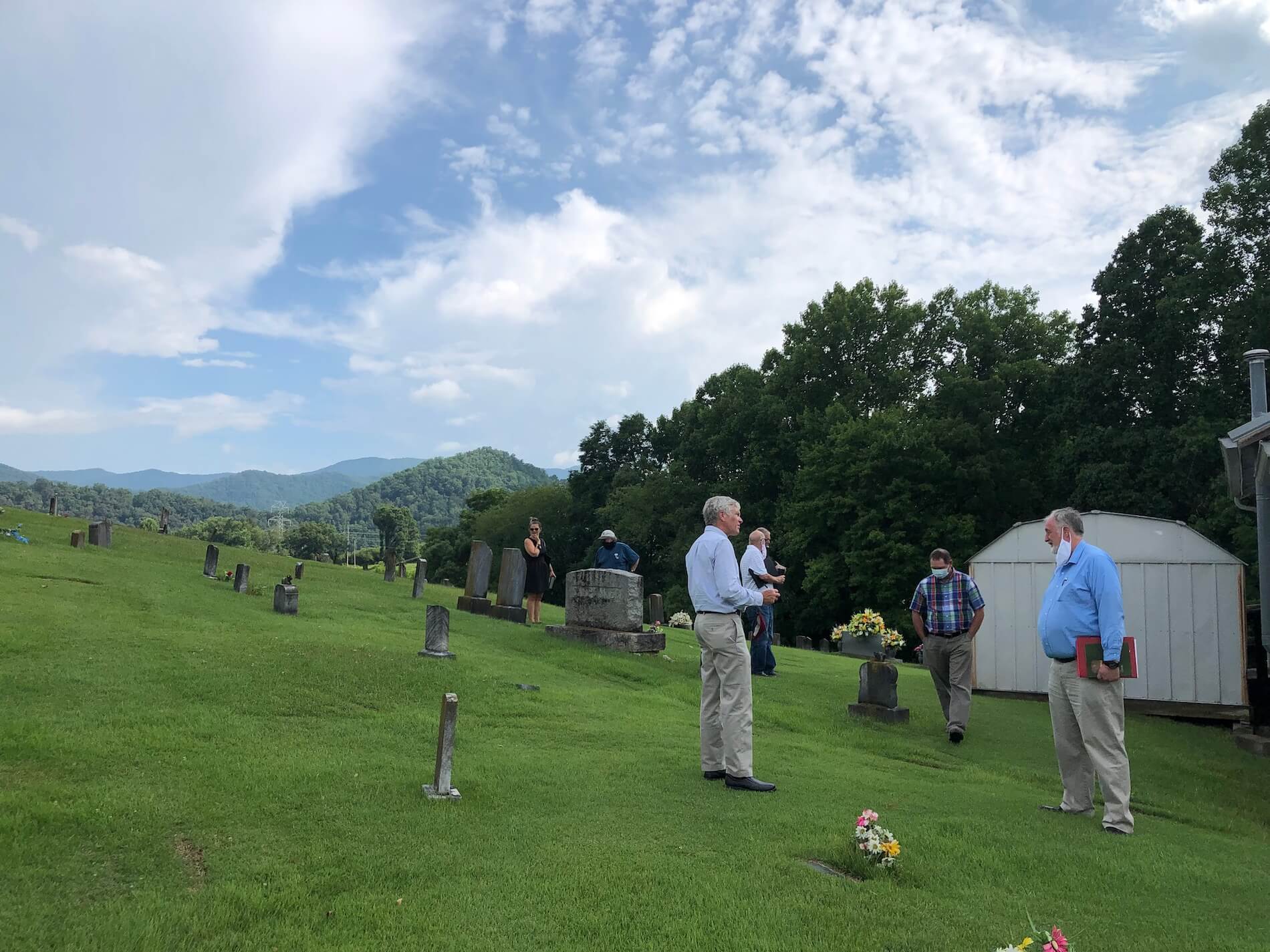The region known as Appalachia is often misunderstood. Encompassing all of West Virginia and parts of 12 other states, the region is home to more than 26 million people. Although Appalachia’s population is often stereotyped as homogeneous, it encompasses people from diverse ethnic backgrounds and socioeconomic experiences and has seen the evolution of a broad range of religious traditions.
Churches throughout Central Appalachia often steward the unique cultural and folk traditions of their neighborhoods. But many of the historic sacred places in Central Appalachia are at risk, with declining congregational memberships and diminishing resources. Some churches face the possibility of closing, while others have been absorbed by nonprofit organizations that oversee the buildings in collaboration with or in place of congregations. Given this transition, there has been a pressing need to help historic Appalachian sacred places with preservation and restoration projects.
In 2020, responding to this need, Partners for Sacred Places initiated a new project—”Preserving and Strengthening the Cultural Heritage of Sacred Places in Central Appalachia”—with support from Margaret A. Cargill Philanthropies. The project’s primary goal was to identify culturally significant historic sacred places in Central Appalachia (West Virginia and portions of Kentucky, Tennessee, and North Carolina) and invite them to participate in a program intended to sustain their presence in the community and preserve their folk art, architecture, and cultural traditions. Each sacred place would participate in repair and restoration work that would involve local artists, craftspeople, and artisans.
Ten sacred places were invited to participate. The first component of the program was Partners’ highly regarded “New Dollars/New Partners for Your Historic Sacred Place” training, which teaches congregations how to effectively tell their stories to the community, better care for their buildings, and engage with neighbors and outside organizations to cultivate more support.
Partners for Sacred Places encouraged each congregation or organization to deepen its collective appreciation of their historic sacred place specifically and its history and craftsmanship in particular. Rev. Eric Reece found the experience transformative for Old Mother Church of Robbinsville, North Carolina. “The Old Mother Church was built just before we became Graham County. As we approached the 150th anniversary of the county [in 2022], the whole community celebrated this milestone. The attention given to the Old Mother Church project helped make known and renewed the deep sense of history of Graham County and its founding in 1872.” Storytelling proved essential to forging and deepening community connection for the church. “One Robbinsville alderman said they never knew the church was older than the county,” Reece continued. “The Old Mother Church was the first church, the first school, and the first courthouse in Graham County. We are pictured on the county seal.”
Located farther north along the North Carolina Blue Ridge is Crossnore Presbyterian Church, whose leader, Rev. Kathy Campbell, had a similar experience. “The training from Sacred Places staff helped us understand the importance of our history and the unique story we had to share with our congregation and with the broader community, beginning with Eustace and Mary Martin Sloop, who started an orphanage, school, hospital, weaving room, secondhand store, and who helped organize Crossnore Presbyterian Church.” She also noted how the church’s Craftsman-style architecture and art tied the building to the county and the land. “The walls built from the rock from the Linville River, the American chestnut ceiling and hemlock rafters, the painted sanctuary windows, and the hand-carved white pine cross reveal the irreplaceable mountain folk art in the 100-year-old sanctuary.”
One goal of the program was to help churches engage with the wider community. The lone Tennessee member of the cohort, Christ Church Episcopal in South Pittsburg, had long been committed to community outreach, including cosponsoring the annual Cornbread Festival. The church’s pastor, Rev. Kim Hobby, said, “We have several members participating and leading efforts to celebrate the 150th birthday of South Pittsburg. Our members are involved in researching the history of the town now that we have researched our own church history.”
The program also encouraged partnerships between churches and the wider community. Rev. Wil Posey, a Methodist pastor in Murphy, North Carolina, oversees the preservation of another cohort participant, Harshaw Chapel, the “mother church” of Methodism in Cherokee County. “I’ve grown to see how the work of restoration can be a collaborative effort that engages community members in projects ranging from cutting grass and cleaning tombstones to future-oriented goals like local craftspersons working together to refurnish the interior of the chapel,” he said. He sees potential for collaboration with artists from the John C. Campbell Folk School, members of the county historical museum, and even students and teachers from local schools. Posey also recognized the restoration as an opportunity to address local history. “It is a context in which we can tell difficult stories about the role enslaved persons played in the construction or how the chapel’s story was shaped by the forced removal of the Cherokee,” he said.
Participating congregations learned how to change their approach to fundraising and find unconventional paths to restore and maintain their buildings. Crossnore’s Kathy Campbell developed a more realistic awareness of the costs involved with her community’s restoration project. “When [we] realized the enormity of our capital project of replacing the sanctuary’s 100-year-old roof and the needed structural repairs to the sanctuary with the estimated cost of $500,000, we were encouraged to apply for a National Fund for Sacred Places grant of $100,000,” she said. Crossnore was accepted into the National Fund and used it as a catalyst to raise another $330,000. “We raised these funds through national and regional grants and financial donations/pledges from over 100 households from our church family. The final $70,000 will be raised through the 130 households from our congregation who have not yet made a pledge or donation, and additional grants. We do not plan on taking out a loan.” Similarly, Reece found incredible support for the Old Mother Church’s restoration in the church family, neighbors, and peers. “The Old Mother Church congregation, the Robbinsville United Methodist Church, and other churches in the community gave funds for the restoration. The County Travel and Tourist Board supported the program with a grant. Individuals gave to the Old Mother Church building fund. We had support from leaders in the community.”
An important aspect of the program was helping each church learn how to assess needed repair and restoration projects and connect with architects and reputable trade professionals. Posey said, “We have secured a new set of plans for the chapel and know where to turn for sound advice as we work toward enacting the plans with the help of a builder.” This process could sometimes be daunting, as initial expectations did not always match up with the true scope of building work needed, but Partners’ program provided support for congregational leaders to move forward. When confronting capital projects at Old Mother Church, Reece confessed, “When we started the project, we thought it was time to work on cosmetic and insulation needs. [But] we found out there was major damage to the foundation of the building. Without the support and encouragement of Partners and the Central Appalachian project, we might have lost the building forever. From our participation in the cohort, we learned of an architectural firm that understood our needs and that did an excellent assessment and worked with the local government to help us make the best choices for our restoration.”
Looking forward, Partners’ Central Appalachia project will include a focus on folk arts in sacred places. After three years of engaging with Appalachian communities in the preservation of the region’s historic churches that serve the spiritual needs of those communities, Partners plans to expand its reach across the region. While remaining committed to its original goals, “Preserving and Strengthening the Cultural Heritage of Sacred Places in Central Appalachia” over the next three years will embark on a two-pronged approach: serving a second cohort of sacred places in Central Appalachia, and working with participants in the first cohort to commission new, authentic folk art for installation in those sacred places.
Two church leaders in the current cohort addressed the value of the folk arts components in their sacred places. “For generations the industry in Graham County was timber. The lumber for the church was local, and the floor joists were long, untreated logs. The pulpit and pews were handmade and unique. No two pews look the same, which led me to believe they were made by different hands,” Reece said. “The pews are made with large, solid slabs of old-growth timber. The Sunday School rooms were added in the late 1940s, and the paneling is wormy chestnut, which does not exist anymore. The county land is now almost 70% national park, including the Joyce Kilmer National Forest. Never again will local timber be used to build a sacred place [here].” Unique construction is just one example of craftsmanship on display in this region, and the folk art in many Central Appalachian churches is not just of the past but of a tradition that is very much alive and cultivated in these sacred places. Campbell said, “We want to continue [the tradition] by having new folk art created for our sanctuary, including a communion table and baptismal font designed and created by a local craftsperson, quilted paraments designed and created by the quilters in our congregation, and pottery communion ware designed and created by a local artist.”
Each sacred place participating in the Central Appalachia churches project has a different takeaway from the experience so far. Hobby believes the program helped participants gain credibility among their church family and community in pursuing the needed repair and restoration work. That buy-in then turned into action. Posey found the relationships he built through the program to be invaluable. “We’ve been resourced and connected to other agencies and persons in our region who have made valuable contributions and insights along the way,” he said. “It no longer feels like we’ve got to do it ourselves. It’s more like we realize there are others who are interested and in various ways invested in the chapel’s restoration. That is a good feeling.”
By honoring Appalachia’s religious heritage while working with present-day congregations, this project will continue to celebrate the essence of Appalachia and nurture its bright future.
By Ted Olson, PhD, Project Coordinator at Partners for Sacred Places

